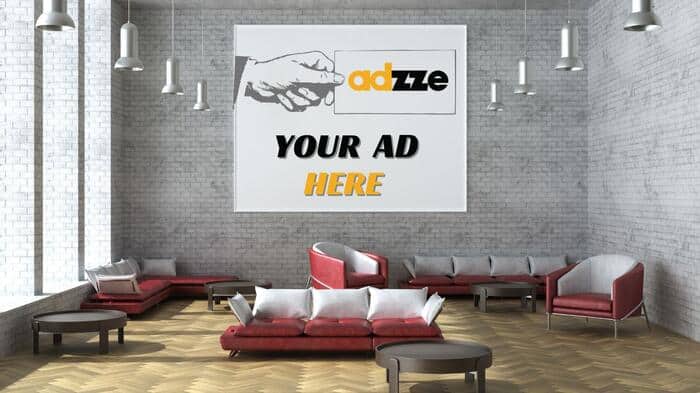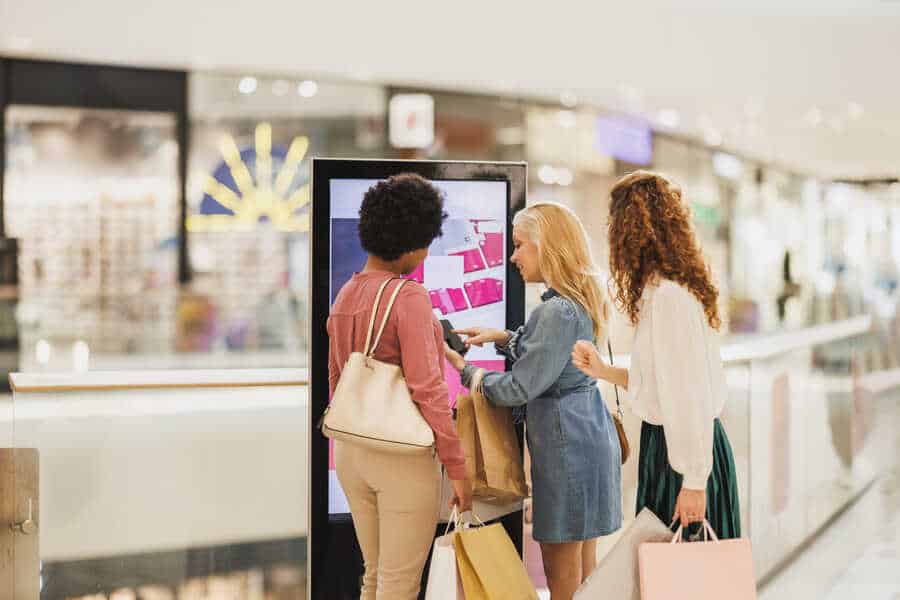Introduction: Is Your Brand Leveraging the Right Space to Connect with Audiences?
Have you ever wondered if your marketing message is truly reaching the right audience, at the right time, and in the right setting? With the ever-growing competition for consumer attention, traditional advertising methods often fail to make a lasting impression. Indoor advertising is emerging as a powerful tool to engage audiences in targeted and meaningful ways. Imagine your brand message strategically placed in grocery stores, doctor’s offices, or beauty salons—places where people naturally spend time, ensuring greater visibility and impact.
Want to learn how indoor advertising can transform your marketing efforts? Request our Media Kit today for more information!
How It Works: Understanding the Mechanics of Indoor Advertising
Indoor advertising takes advantage of high-traffic indoor spaces to deliver impactful, hyper-targeted messages. By integrating brand promotions into the physical environments where people naturally spend time, indoor advertising ensures unmatched visibility and engagement. Let’s explore some of the most popular ad formats and placement strategies:







